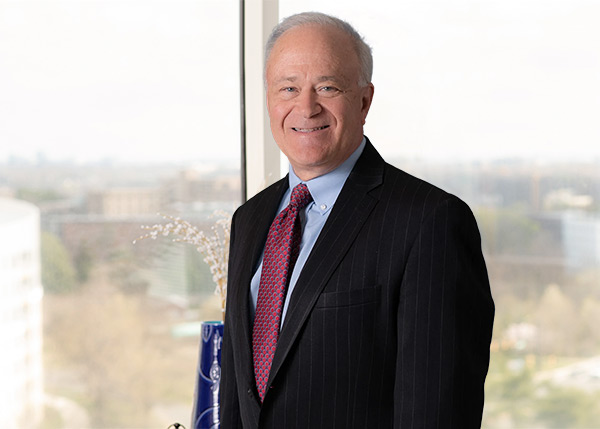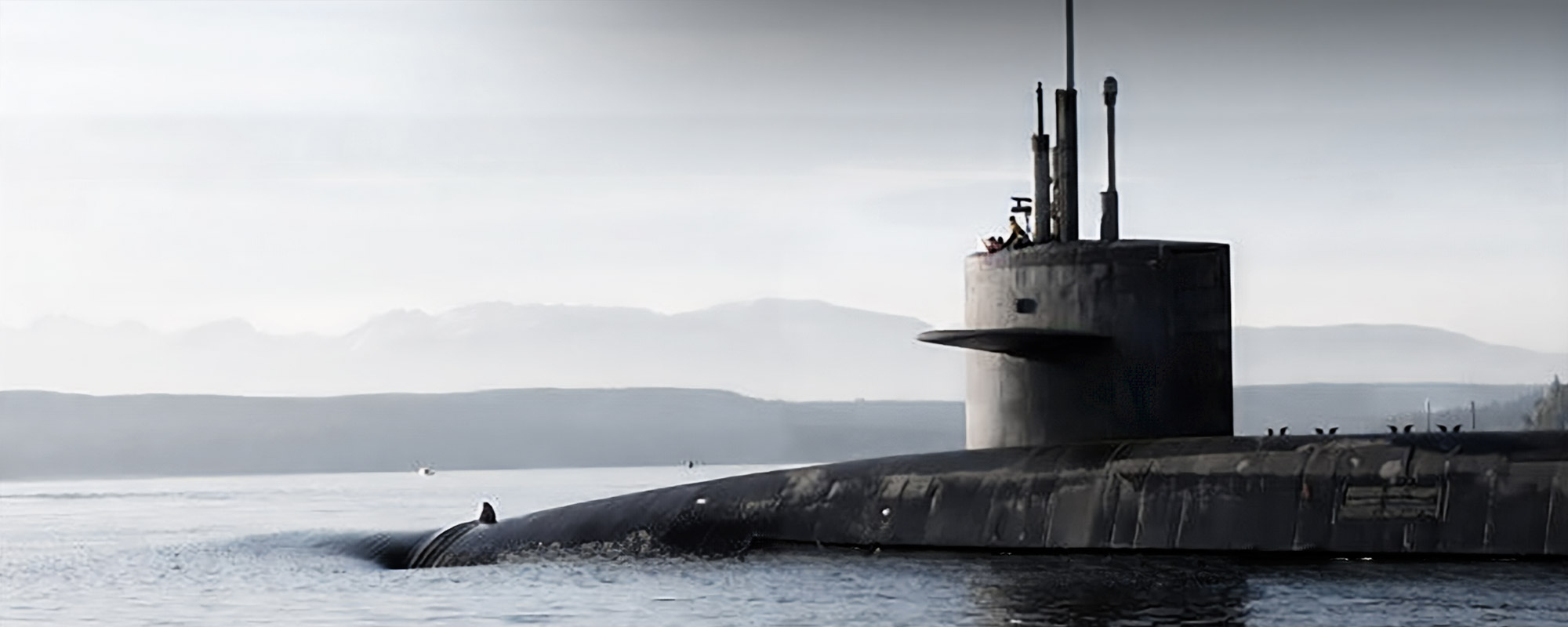
Categories: Capabilities | SPA Fellows
Navigating Change and Nuclear Policy Challenges

Author: Tom Troyano, SPA Fellow for Nuclear Modernization
Given the long-term implications of nuclear modernization, maintaining strategic continuity through political transitions is essential for national security. Tom Troyano, SPA’s Fellow for Nuclear Modernization, navigated seven Presidential transitions during his 28-year tenure with the Office of the Secretary of Defense. His perspective highlights why bipartisan consensus is indispensable to a credible and resilient nuclear deterrent.

Troyano highlights the 2023 report from the Strategic Posture Commission (SPC), a bipartisan body appointed by Congress. The Commission’s 12 bipartisan members unanimously described threats facing the United States over the next decade as “urgent,” characterizing them as an “existential challenge for which the nation is currently ill-prepared.
- What additional strategic capabilities, beyond the current modernization program of record, will be needed to address future threats—and when will they be needed?
- While matching adversaries’ combined arsenals is unnecessary, how many additional uploaded missiles are needed? How many additional Columbia-class submarines, Long-Range Stand-Off (LRSO) missiles, B-21 bombers, and airborne refueling tankers—will be required, and in what timeframe?
- What critical enabling capabilities will be needed for the deterrent (e.g., NC3 systems, non-nuclear components, supporting infrastructure)?
- How should the “overhaul” of the nuclear enterprise infrastructure be approached to balance modernization needs with delivering capabilities already scheduled under current programs?
1
Implement Nuclear Enterprise Transition Management
Develop a comprehensive, enterprise-wide effort to deliver capabilities included in the current Program of Record (POR), ensuring timely delivery of the new systems and maintaining legacy systems until replacements are available. This requires persistent, senior-level leadership attention
2
Formulate a Strategic Roadmap
Create a detailed roadmap informed by rigorous analyses of threats, operational needs, technological maturity, and feasibility. This roadmap will clarify what additional nuclear force capabilities—in terms of quantity and composition—are required for strategic and regional deterrence and help prioritize decisions.
3
Strengthen the Nuclear Deterrent Industrial Base
Address unique requirements of the nuclear deterrent’s industrial base and workforce by developing a specific plan including critical materials, supply chain security, technical education, and vocational training. Assign execution responsibility to a designated senior official.
4
Establish High-Level Oversight Forum
Create a high-level transition management forum dedicated to prioritizing nuclear deterrence efforts, providing rigorous analytical support to decision-making, and ensuring effective execution. Additionally, establish a parallel forum to oversee the nuclear weapons complex.
“We need more senior leader involvement with the nuclear enterprise…so that the enterprise can move faster, while still providing the analytic rigor needed for key decisions and to continue a bi-partisan consensus.”
SPA Fellow for Nuclear Modernization, Tom Troyano
Beyond modernization, an immediate challenge looms with the expiration of the New START Treaty in February of 2026, necessitating proactive strategic planning. Troyano emphasizes, “Given the expiration of New START in 2026, the U.S. should identify post-New START objectives now.”
- How Russia (or the U.S.) could exploit the absence of NST-like limits
- If, and when, additional weapons might be needed
- The implications of entering any new agreement, even if just politically binding, that constrains the U.S. while China visibly builds to a force of ~1500 warheads
- Identification of measures that could strengthen strategic stability in light of adversary developments on new kinds of delivery systems
SPA’s nuclear deterrence analysis capabilities, integral to its Strategy, Policy, and Doctrine expertise, provide government leaders with comprehensive strategic insights and actionable analysis, bridging high-level policy with real-world operational outcomes.
“Just as during the Cold War, investing in innovation and demonstrating decisive leadership in fielding a “sufficient” deterrent are essential. SPA is committed to ensuring senior leaders have the analytical rigor and strategic foresight required to keep adversaries from gaining the advantage.”
SPA Fellow for Nuclear Modernization, Tom Troyano
Learn how Tom Troyano is helping to shape SPA’s future nuclear analysts.
Read more about SPA’s capabilities in developing strategies and analyses for nuclear deterrence.

Interested in joining SPA?
Related Posts
We invite you to subscribe and stay informed. Never miss an update as we continue providing the rigorous insights and expert analysis you rely upon to protect and advance our national security.




